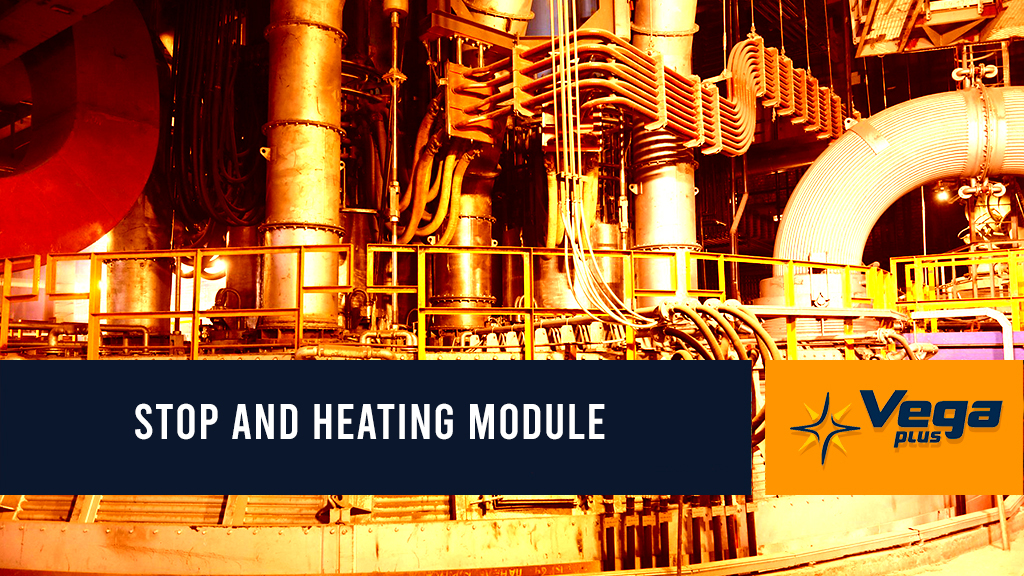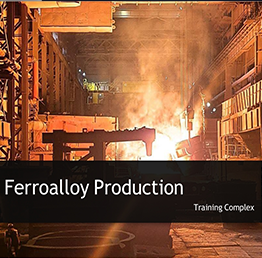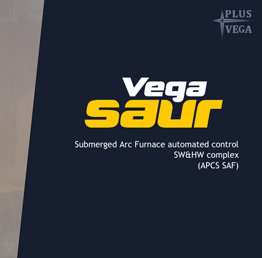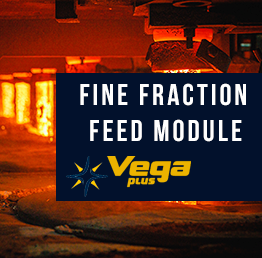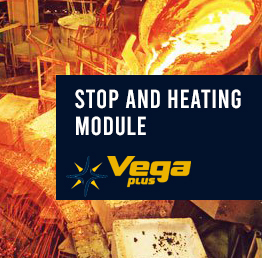STOP AND HEATING MODULE OF THE ORE-THERMAL ELECTRIC FURNACE AFTER PPM
MODULE DESCRIPTION:
The standard operation of ore-thermal electric furnaces typically involves both major overhauls and scheduled preventive maintenance (henceforth referred to as "PPM"). While major overhauls are conducted no more frequently than every 5-7 years, PPM is performed at least once every 2 to 3 months or monthly for units operating under particularly severe conditions.
The methodology for conducting PPM is usually well-known since it includes routine scheduled maintenance of the equipment, performed at predetermined intervals after a certain number of operating hours. The scope of each maintenance session is specified during the technical inspection of the equipment, depending on the condition of its individual parts and assemblies. Maintenance of electrical equipment is carried out within the same timeframe as maintenance of process equipment. The structure of maintenance work within the PPM system for equipment is determined by the requirements of GOST 18322-78 and GOST 28.001-78.
Moreover, there are regulatory documents (e.g., "Regulations on Scheduled Preventive Maintenance of Equipment and Vehicles at Enterprises of the Ministry of Non-Ferrous Metallurgy of the USSR. Second Edition 1981"), which outline:
- • Basic information about the PPM system;
- • Requirements for operation, maintenance, and repair of process equipment;
- • Standards for the frequency, duration, and labor intensity of technical inspections and repairs;
- • Measures for monitoring the timely and quality execution of PPM at the enterprise.
The procedure for assessing the quality of repair work is regulated by the enterprise's standard, developed in accordance with existing state and industry standards. Quality assessment of repairs should be performed according to GOST 20831-75. For specific conditions, enterprises develop operation instructions or enterprise standards which:
Set out the procedures for stopping and conducting PPM on electric furnaces, as well as their heating and transition to nominal operating mode after PPM. An analysis of these documents indicates that their primary content consists of a list of numerous technological and electrical operations requiring precise and coordinated execution by operating, maintenance, and operational staff. Additionally, the responsibility for the entire process of stopping the furnace for PPM and bringing it back to operational mode after PPM typically falls on the senior foreman, who is also responsible for the operation of other active furnace units.
It should be noted that besides PPM, there are often unscheduled downtimes of electric furnaces due to shortages of raw materials, power outages, failures in water supply systems, gas cleaning systems, and other reasons, which require consideration of the duration of the downtime to ensure timely performance of necessary operations during shutdown and restart. In these cases, many mandatory operations are simply ignored, and the nominal current load on the electrodes is applied as quickly as possible.
Thus, the subjective influence of the "human factor" on the quality of PPM execution and the successful transition of the furnace to standard operation within the set timelines is very significant. As a result, post-PPM, there are almost always issues like electrode chipping or breaks, poor operation of the taphole (difficulties in alloy discharge), unstable electrical conditions, non-optimal electrode positioning in the furnace bath, and consequently, low technical and economic performance over an extended period.
It should also be noted that heating schedules, which are essentially algorithms for the smelters, are subjective and lack rigorous proof of their adequacy in relation to the furnace's state changes due to disturbances. For example, it is suggested to correlate the heating time with the downtime period. However, considering the wear of the furnace lining, "aging" of all furnace components, uncontrolled changes in charge composition, electrode quality, and numerous other factors, it's impossible to use not only the initial (theoretical) schedule but even the results from the previous PPM without adjustments.
Similarly, the schedule for increasing current load and furnace power is also drawn up by the senior foreman based on practical data, which requires mandatory adjustments during each subsequent PPM of each furnace.
The module for each type of ore-thermal electric furnace includes two blocks of subprograms for stopping and heating the furnace: one for PPM and another for major overhauls.
FILL OUT THE QUESTIONNAIRE
If you`re interested in our products, please download the questionnaire (Word document).- - Fill it out;
- - And send it to our office via EMAIL.
DOWNLOAD THE FINE FRACTION FEED MODULE SOLUTION BRIEF
